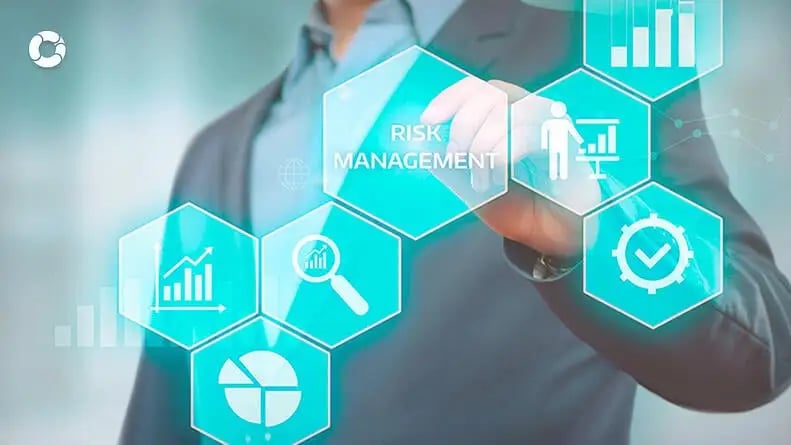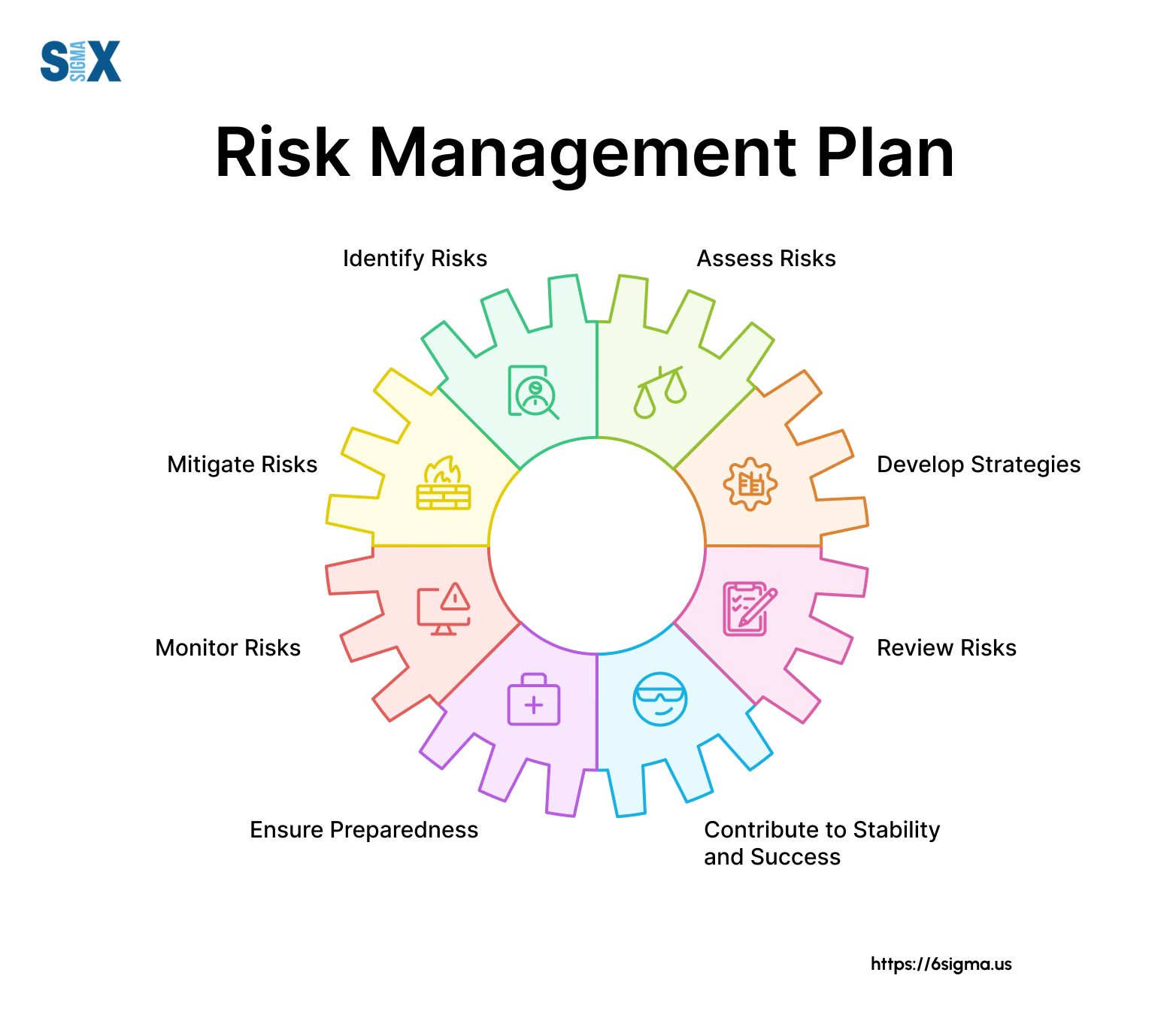The Critical Importance of Risk Management in Monetary Decision Making
The Importance of Comprehending the Significance of Risk Management in Numerous Industries

The Core Idea of Risk Management and Its Purpose
Risk Management, the cornerstone of several markets, rests on the recognition, examination, and mitigation of uncertainties in a company atmosphere. It is an indispensable method that allows organizations to safeguard their assets, credibility, and overall survival. By properly recognizing potential threats, organizations can create strategies to either avoid these dangers from taking place or lessen their influence. The examination procedure entails evaluating the possibility and possible seriousness of these dangers. As soon as dangers have actually been identified and examined, the mitigation process entails devising strategies to reduce their potential impact. This procedure is recurring and intermittent, guaranteeing that organizations are prepared for the ever-changing nature of Risk in different markets. The key objective, therefore, is to promote durability amidst uncertainties.
Advantages of Applying Risk Management in Service Procedures

Unveiling the Function of Risk Management in Different Industries
While every industry faces its one-of-a-kind collection of dangers, the implementation of Risk Management strategies remains a common in their pursuit of sustainability and development. In the healthcare field, Risk Management requires guaranteeing person safety and information defense, while in finance, it involves mitigating financial investment risks and making certain regulative compliance. Inevitably, the role of Risk Management across sectors is to recognize, evaluate, and minimize risks.
Real-life Situation Studies Showing Effective Risk Management
To comprehend the significance of Risk Management in these several markets, one can look to several real-life circumstances that show the effective application of these measures. Toyota, upload the 2011 earthquake in Japan, modified its supply chain Management to decrease disturbance threats. These cases show exactly how markets, discovering from crises, successfully applied Risk Management strategies to lower future dangers.
Future Patterns and Developments in Risk Management Methods
As the world remains to advance, so also do the fads and advancements in Risk Management methods. Fast developments in technology and information analytics are reshaping the Risk landscape. Huge information and AI are currently instrumental in anticipating and mitigating threats. Organizations are leveraging these tools to build anticipating models and make data-driven choices. Cybersecurity, when a peripheral worry, has catapulted to the center of Risk Management, with techniques focusing on detection, action, and avoidance. The assimilation of ESG (Environmental, Social, Administration) factors read what he said right into Risk Management our website is one more growing pattern, mirroring the enhancing acknowledgment of the function that social and environmental threats play in company sustainability. Therefore, the future of Risk Management lies in the fusion of sophisticated innovation, innovative techniques, and an all natural technique.
Conclusion
In conclusion, recognizing the value of Risk Management throughout a spectrum of markets is vital for their longevity and prosperity. Customized methods can aid alleviate possible risks, secure properties, and foster stakeholder trust. Furthermore, aggressive decision-making aids in regulative compliance and enhances source use. Ultimately, successful Risk Management adds to much more resistant and sustainable businesses, highlighting the relevance of this practice in today's very affordable and dynamic service environment.
While every sector challenges its special collection of threats, the execution of Risk Management approaches stays a common go to this web-site denominator in their pursuit of sustainability and growth. In the health care sector, Risk Management involves making sure patient safety and security and data security, while in money, it involves mitigating financial investment risks and ensuring regulative conformity. Inevitably, the role of Risk Management throughout markets is to identify, assess, and minimize dangers. These cases show exactly how sectors, finding out from situations, effectively used Risk Management approaches to decrease future dangers.
